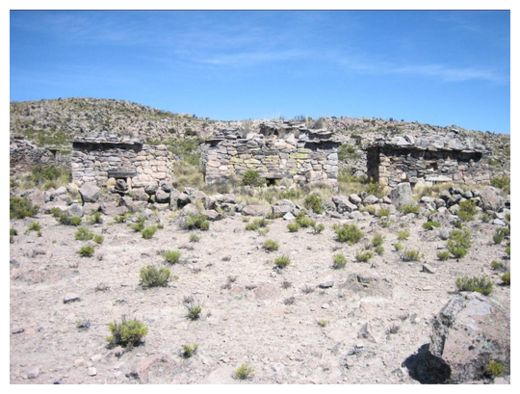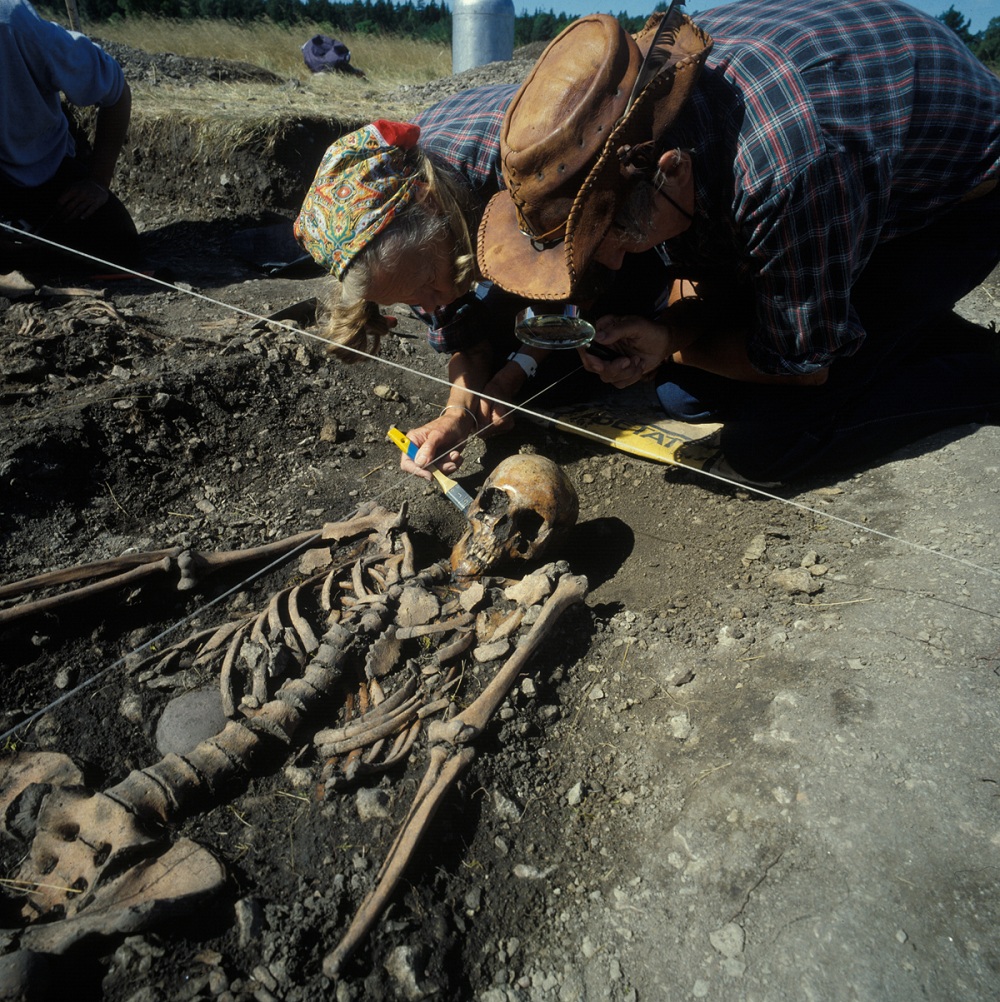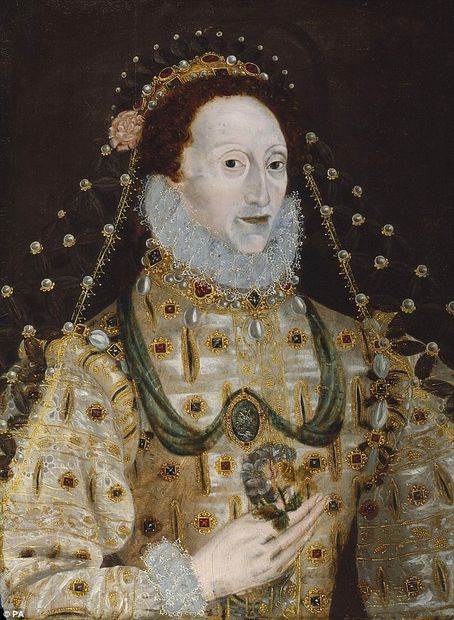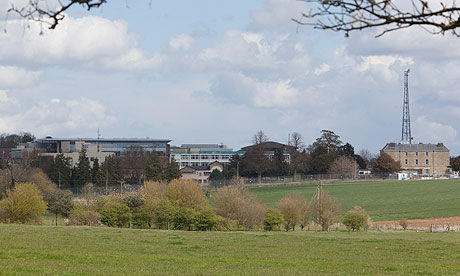
© M. Baca et. al, BMC Genetics, 2012Ancient chullpas, or funeral towers, are yielding insights into ancient Peruvian families.
Genetic analyses of individuals buried in funereal monuments near a volcano in southern Peru have revealed the family relationships and burial traditions of ancient Peruvians that lived before Christopher Columbus sailed to the Americas.
The
ancient Peruvians buried their dead in "chullpas," structures resembling vertical tombs, which can be up to 6.5 feet (2 meters) high. Researchers hadn't known how the individuals buried within one chullpa were related.
Families were organized into "ayllu," a group of relatives that shared common land and responsibilities. Historians think that men retained the ancestral land, and they traded their sisters for wives, in a sort of "sister exchange."
Ancient genesIn the new study, researchers from the University of Warsaw, in collaboration with Universidad Catolica de Santa Maria, retrieved and analyzed genomic sequences of 41 individuals buried in six chullpas located 13,000 feet (4,000 meters) up the side of the Cora Cora Mountain
in southern Peru. Though the site had been looted, the remains were well preserved by the cold and the dryness of the land, and the researchers were able to isolate DNA from the bones and teeth of 27 individuals.
They looked at the nuclear DNA, which is our main genetic code and is inherited from both parents, along with the maternally inherited mitochondrial genome (which is separate from the nuclear genome, and runs the cell's energy factory, the mitochondria); they also analyzed genetic sequences from the Y chromosome, which is inherited from the father and determines that an individual is male.




Comment: ~ George Orwell, 1984